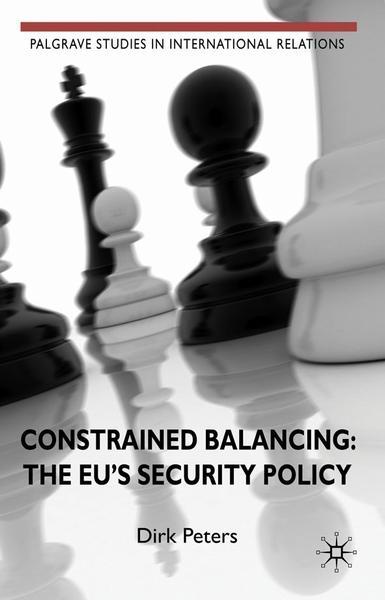Constrained Balancing: The EU's Security Policy
Dirk PETERS
Disponibilité: En rupture de stock - disponible sous 10 jours
- Catégories: Politique étrangère et de sécurité
- Editeur: PALGRAVE-MACMILLAN
- Collection: Palgrave Studies in International Relations
- ISBN: 9780230242142
- Date de publication: 26/05/2010
- Reliure: Hardback
- Nombre de pages: 280
Résumé
In 1999, ten years of heated debate about the EU's role in defense policy came to an end, when the EU decided to establish an autonomous security and defense policy. Germany and Britain had been key players in the years leading to this decision. But they played markedly different roles – the former endorsing the idea from the beginning, the latter dragging its heels and only reluctantly becoming a supporter. Nonetheless both British and German policies can be understood as responses to impulses from the international system. The end of the Cold War prompted both states to pursue a policy of balancing US power. Yet international institutions constrained their balancing efforts differently. To demonstrate this, this study builds on the theories of neo-realism and historical institutionalism and develops the approach of structure-based foreign policy analysis: a new mode of analyzing security policies as responses to the international environment.
Table des matières
PART I: FRAMEWORK
Introduction
Structure and Policy: A Framework for Analysis
A Guide for Analysis
PART II: ANALYSIS
Britain and Germany at the End of the Cold War
From the End of Bipolarity to the Petersberg Declaration (1990-92)
From Petersberg to Amsterdam (1992-97)
From Amsterdam to Cologne (1997-99)
PART III: CONCLUSION
Summarizing, Deconstructing, Reconsidering the Results
Appendix
